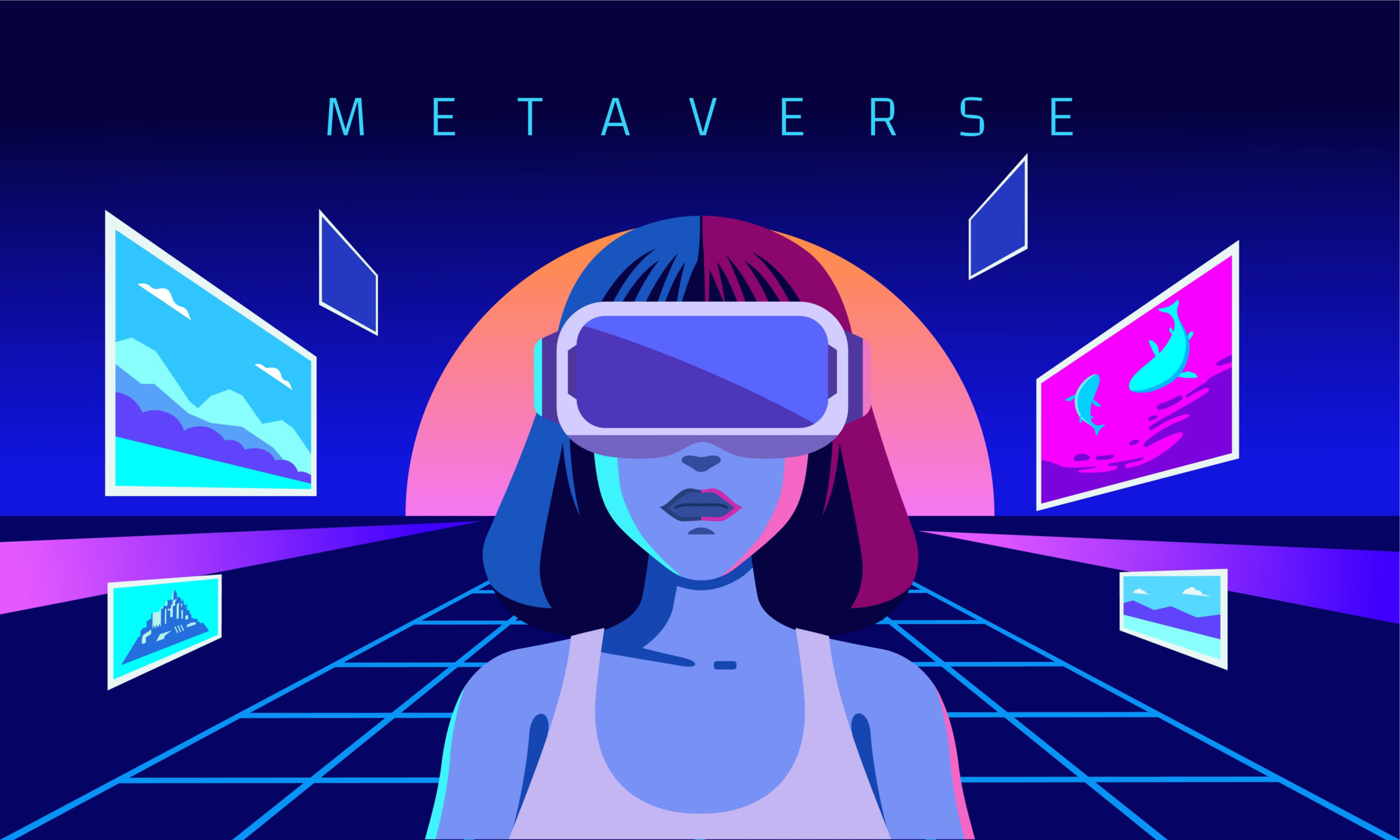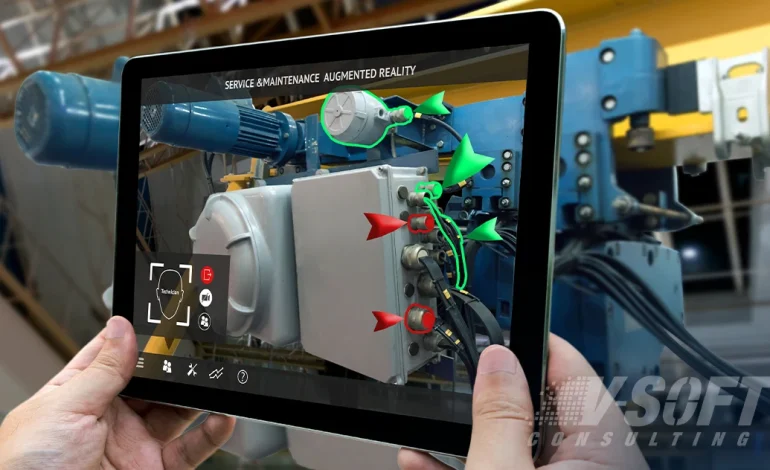Diving into Metaverses: The New Age of Virtual Worlds

Diving into Metaverses is a fascinating way to explore and experience the growing world of virtual worlds. It is a world of endless possibilities where people can connect, interact, and immerse themselves in experiences across multiple platforms. In the new age of virtual worlds, the boundaries between the real and the virtual are becoming increasingly blurred. Metaverses offer everything, from gaming to social networking and education to entertainment. In this blog post, we’ll discuss the different aspects of diving into Metaverses and how they transform how we interact with each other and the world around us.
Define the term “metaverse” and its origin

The term “metaverse” was first coined by science-fiction author Neal Stephenson in his 1992 novel Snow Crash. In the book, Stephenson describes a virtual reality world where people interact and do business in a virtual environment.
The tech industry has since adopted the term to refer to a collective virtual shared space that enables users to interact with each other in real-time. This environment is usually a three-dimensional space where users can explore, play games, socialize, and even transact with each other using virtual currencies.
Diving into metaversesare becoming increasingly popular, and big tech companies like Facebook, Google, and Microsoft invest heavily in their development. The idea is to create an immersive and engaging user experience, offering limitless opportunities for work, play, and socialization. The following section will discuss examples of metaverses and their significance.
Discuss examples of metaverses and their significance
Second Life, a virtual world launched in 2003, is a most well-known example of a metaverse. Second Life allows users to create their avatars and engage in various activities, such as socializing, shopping, attending concerts, and even attending virtual weddings. In its heyday, Second Life had millions of users, and its economy was estimated to be worth hundreds of millions of dollars.
Another example of a metaverse is Roblox, a multiplayer online game launched in 2006. Roblox allows users to create their games and virtual worlds, and it has become a popular platform for children and teenagers. As of 2021, Roblox has over 150 million monthly active users, and its revenue was estimated to be around $2 billion in 2020.
The significance of diving into metaverses lies in their ability to provide a virtual space where people can interact with each other and engage in activities that might not be possible in the real world. They offer opportunities for socializing, learning, entertainment and a new avenue for businesses and creators to reach a global audience.
Metaverses also have the potential to blur the line between physical and virtual reality, creating new possibilities for education, healthcare, and even shopping. For example, virtual reality could simulate medical procedures or training scenarios or allow customers to try on clothes and accessories without leaving their homes.
Overall, metaverses are a new frontier for digital innovation and have the potential to revolutionize the way we interact with each other and the world around us.
Financial Implications – Diving into Metaverses

As the world shifts towards more virtual and digital experiences, diving into metaverses quickly become a hot topic in the business world. Companies are investing millions into creating virtual worlds to engage with customers and create unique brand experiences.
One significant financial implication of metaverses is the potential for revenue streams through virtual real estate. Like in the physical world, companies can purchase and own virtual land within these metaverses, creating opportunities for virtual real estate development, advertising, and other revenue-generating activities.
Moreover, metaverses also present unique opportunities for commerce and sales. Virtual stores within these worlds offer customers an immersive and interactive shopping experience, potentially increasing the chances of purchase. Companies can also leverage the data generated from these experiences to understand better consumer behavior, which can, in turn, be used to enhance their marketing strategies further.
However, with these financial opportunities comes significant risk. Companies must invest substantial resources in building these diving into metaverses without guaranteeing a return on investment. Furthermore, the virtual world can be unpredictable and difficult to control, leading to reputational and legal risks for businesses operating within these environments.
Companies like Facebook, Microsoft, and Tencent have already invested billions of dollars to develop their metaverses. Additionally, virtual currencies and NFTs (non-fungible tokens) within these virtual worlds have emerged as a new asset class, with values reaching millions of dollars.
How is AR a key technology for these platforms?
Augmented reality (AR) is a critical technology that enables diving into metaverses to function. AR is the technology that enables a digital overlay of the real world. This technology allows for an immersive experience where users can interact with the digital environment more realistically.
Metaverses rely heavily on AR because it is essential in creating a realistic and immersive experience. Using AR, users can interact with the virtual world honestly and authentically. This is crucial in making users feel more connected to the platform, as they can see and feel the virtual world around them.
Another way that AR is a crucial technology for these platforms is in enabling the creation of virtual objects. With AR technology, creators can design and create digital objects that can be placed and interacted with in the real world. This adds an extra level of immersion to the metaverse, making it feel even more realistic.
In addition, AR technology can also help to bridge the gap between the virtual world and the physical world. By using AR, users can interact with the natural world in previously impossible ways. For example, users could walk down the street and see virtual advertisements or visit virtual shops in the real world.
Overall, AR technology plays a crucial role in the creation and function of diving into metaverses. As these virtual worlds evolve and become more integrated into our lives, we expect to see even more advancements in AR technology.
Conclusion: Discuss the future of metaverses and their potential societal impact.
The emergence of metaverses has already started to change how we interact with the digital world, and it is expected to impact our daily lives in the future significantly. Metaverses are virtual environments that allow individuals to participate in activities that resemble real-life scenarios, offering an entirely new dimension of interaction. They will bring together individuals, businesses, and communities worldwide, creating opportunities for growth and development.
The potential for social impact is also significant. Diving into metaverseshave the potential to provide solutions for problems that plague real-life society. For instance, it can facilitate the development of new ways of teaching, addressing issues of accessibility and affordability of education. They also provide a way for people to access experiences they wouldn’t be able to enjoy in the real world due to mobility, health, or other barriers. Metaverses could provide avenues for fostering empathy and cross-cultural communication, creating more understanding between people from different backgrounds.





